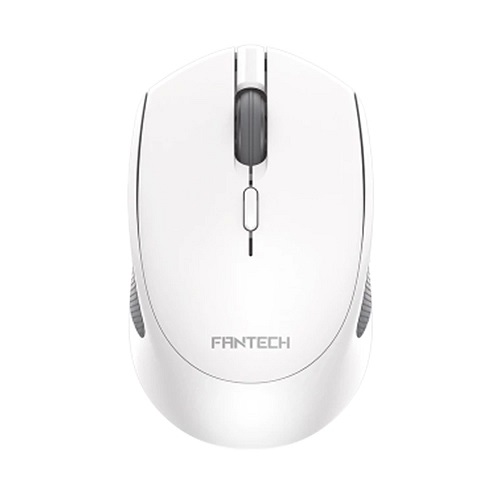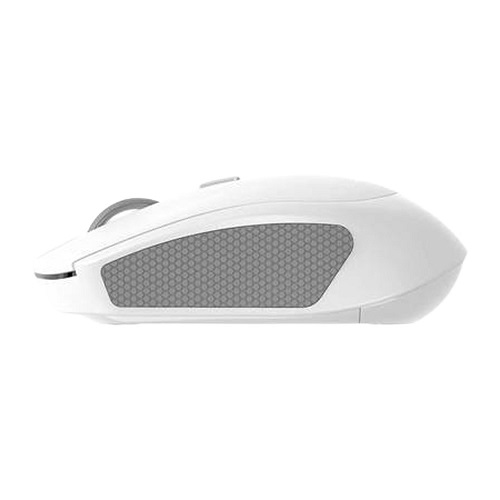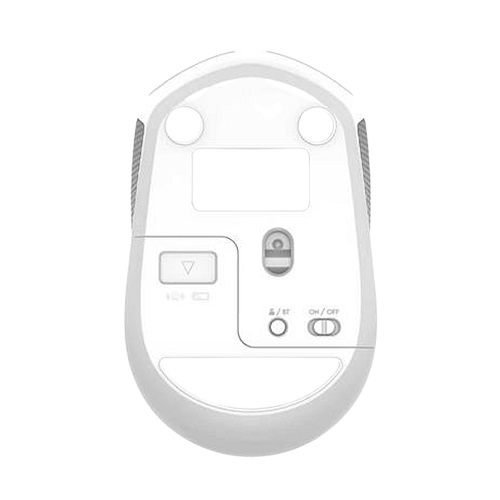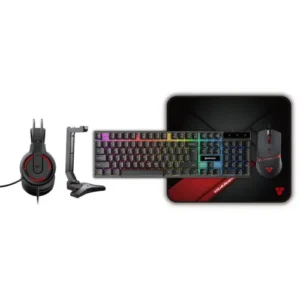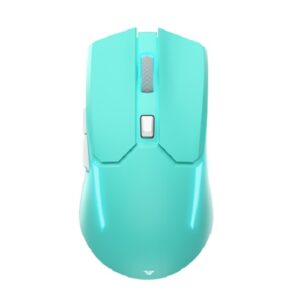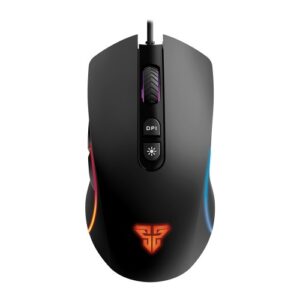Main Features of Wireless Gaming Mice
Wireless gaming mice have become an essential accessory for gaming enthusiasts, offering convenience and versatility without the clutter of wires. When evaluating these devices, it is crucial to focus on several key specifications that influence their performance and user experience. One of the primary aspects is the connection type, where most wireless gaming mice utilize Bluetooth technology for connectivity. This enables seamless integration with various devices, ensuring a stable and lag-free connection.
In addition to Bluetooth, the operational frequency plays a significant role in the performance of wireless gaming mice. Most models operate at a frequency of 2.4GHz, which is favored for its ability to minimize interference from other wireless devices. This frequency helps deliver a more stable signal, translating to reduced latency and improved overall responsiveness during intense gaming sessions.
Another critical feature is the resolution, commonly measured in dots per inch (DPI). Resolution settings typically range from 800 to 1,600 DPI, allowing users to adjust the sensitivity of the mouse according to their preferences. Lower DPI settings tend to provide finer control for tasks requiring precision, while higher settings enable faster movements across the screen. Gamers often customize these settings to find the optimal balance that enhances their tracking accuracy during gameplay.
Furthermore, polling rates, or the frequency at which the mouse reports its position to the computer, play a pivotal role in the responsiveness of wireless gaming mice. The common polling rate for gaming mice is 125Hz, which translates to the mouse reporting its position every eight milliseconds. A higher polling rate can improve the responsiveness of the device, making it crucial for competitive gaming where every millisecond counts. Overall, understanding these features allows gamers to select the wireless gaming mouse that best suits their needs and enhances their gaming experience.
Build Quality and Design Considerations
The build quality and design of wireless gaming mice are pivotal factors that greatly influence a user’s gaming experience. High-quality materials typically contribute to enhanced durability and comfort, essential attributes for prolonged gaming sessions. One common material used in the construction of the back cover and core of many gaming mice is ABS plastic. This thermoplastic is favored for its robustness and affordability, providing a lightweight yet strong structure. The choice of ABS plastic not only ensures that the mouse can withstand regular wear and tear but also contributes to a more comfortable grip, crucial during intense gaming scenarios.
The design shape of a gaming mouse can significantly affect a player’s performance. Full ambidextrous mice are particularly advantageous as they cater to both left and right-handed users without compromising ergonomics. An ambidextrous design promotes comfort and reduces fatigue over extensive use, allowing gamers to maintain their peak performance levels. Features such as adjustable palm grips and customizable buttons further enhance the overall usability of these devices, making them adaptable to individual preferences.
Equally important in the design consideration is the optical sensor type. For instance, the Pixart 3212 sensor is widely recognized for its precision and responsiveness. This type of optical sensor ensures accurate tracking on various surfaces, which is vital in high-paced gaming environments. Its performance characteristics, including a high DPI (dots per inch) range, enable gamers to make swift in-game movements without lag, thereby providing a competitive edge. When selecting a wireless gaming mouse, users must consider these factors to ensure that they find a model that not only meets their aesthetic preferences but also delivers exceptional functionality and comfort during gameplay.
